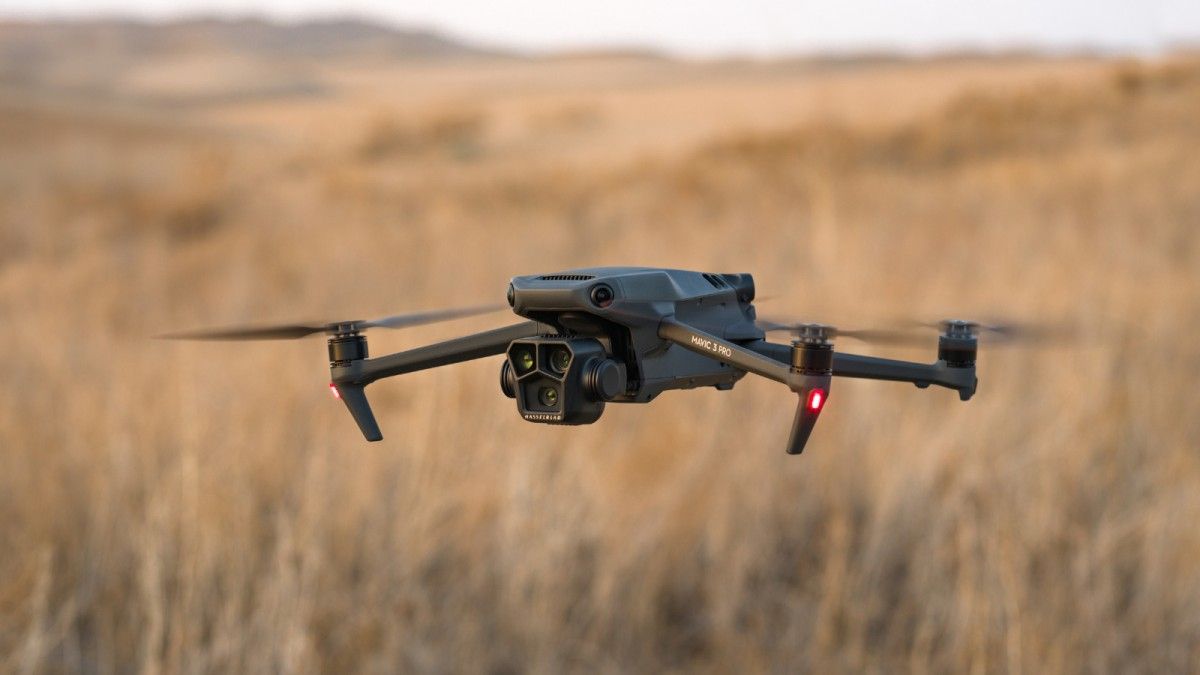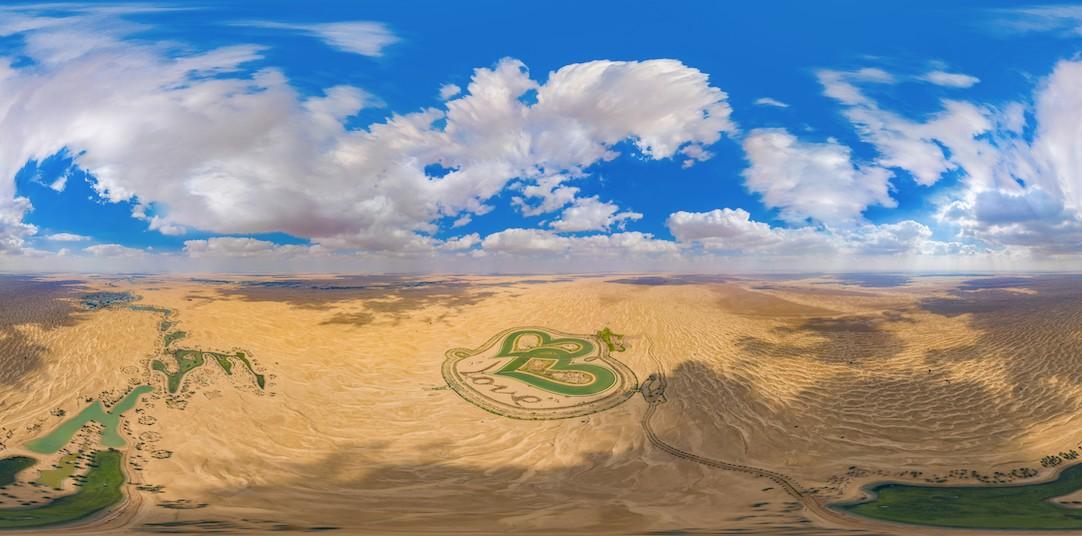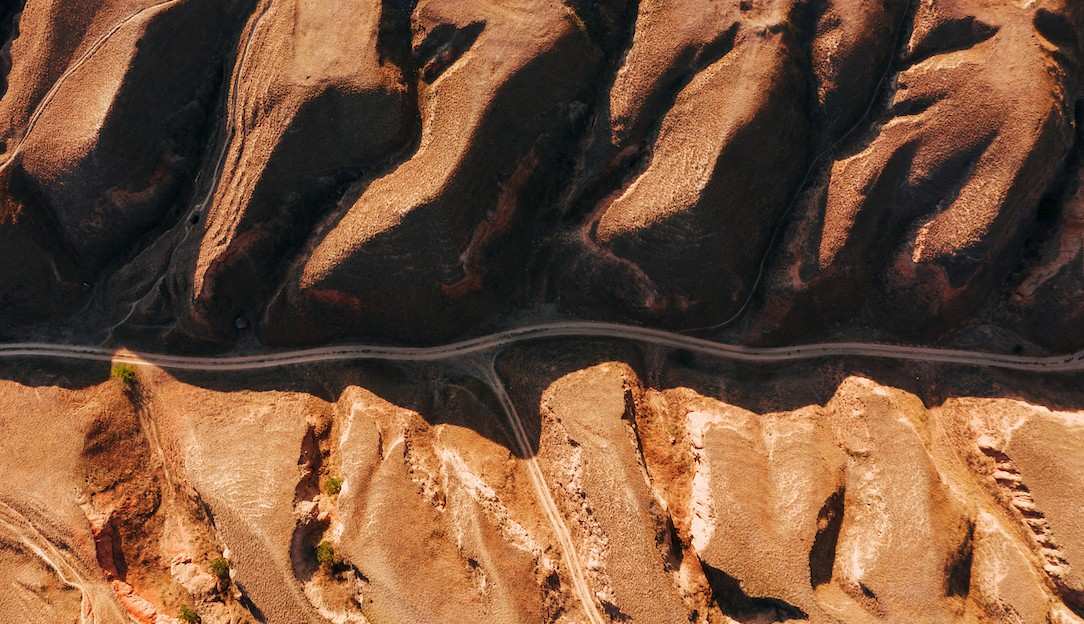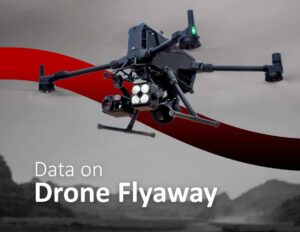Cleared for Takeoff: A Hobbyist Drone Pilot’s Guide
Share This Post
From Grounded Drones to Designated Flight Zones
The new regulations address the core safety concerns by creating a structured environment for flying. Instead of broad restrictions, the DCAA has designated specific locations where hobbyists can legally operate.
These approved zones include:
- Al Qudra Lakes
- Al Safa Park
- Bluewaters
- Dubai Design District (D3)
- Jabal Ali Beach
- Jumeirah Beach 1 & 2
- The Palm Jumeirah

A New Standard for Airspace Access
Accessing these zones requires pilots to adhere to a clear set of prerequisites. Before any flight, a pilot must have:
- A valid UAE PASS account for identification
- A registered drone which cannot exceed 5kg
- And everything needs to be authenticated through the official UAE Drones App.
This process requires the pilot’s Emirates ID and a photo of the drone, establishing accountability for every device in the air.
Beyond these digital prerequisites, a critical component of the new framework is pilot certification. To fly legally, every pilot must possess a valid recreational drone certificate. For seasoned pilots who already hold a previous ARPAS certificate from other aviation regulatory bodies outside of the UAE, a mandatory “Hobbyist Refresher Course” is required to get re-certified. This ensures that every operator, regardless of experience, is current with the latest DCAA regulations and safety protocols.
The UAE Drones App serves as the central tool for every pilot. In addition to being a registration portal, it is also a critical component of the safety system. Through the app, pilots submit mandatory flight requests to the Unmanned Traffic Management (UTM) system, which logs and verifies each flight against airspace regulations. The app also provides real-time maps of no-fly zones, ensuring pilots are always aware of their boundaries.

Core Principles for Flight
The entire framework rests on a few essential points. Every flight must take place within the seven designated zones, such as The Palm Jumeirah or Al Qudra Lakes. The drone itself must be registered, and all flight activities must be logged through the UAE Drones App. There are no exceptions to this digital-first approach.
Furthermore, the pilot’s conduct during flight is just as important as the preparation. Maintaining a direct visual line of sight with the drone is a non-negotiable safety rule. This is complemented by the strict requirement to respect public and private privacy, meaning pilots must avoid capturing images of people or property without clear consent. Adherence to these core principles is mandatory for all recreational flyers.
The Pilot’s Role in a Shared Airspace
With this new freedom comes a greater emphasis on individual responsibility. The regulations reinforce critical safety protocols that place the onus of safe conduct directly on the pilot.
Two key principles govern every flight:
- Visual Line of Sight: Pilots must keep their drone within their direct line of sight at all times. This fundamental rule ensures the pilot can react instantly to avoid collisions or navigate unexpected obstacles.
- Respect for Privacy: The ability to fly does not grant permission to infringe on the privacy of others. Pilots are strictly prohibited from recording or photographing individuals or private property without explicit consent.
These guidelines are not just rules but best practices that foster a culture of respect and awareness. The future of recreational drone flying depends on the community’s commitment to these principles.
The goal is no longer just allowing people to fly. It is to enable people to fly safely within a shared, regulated system.
For a more detailed regulatory breakdown visit: https://www.dcaa.gov.ae/




